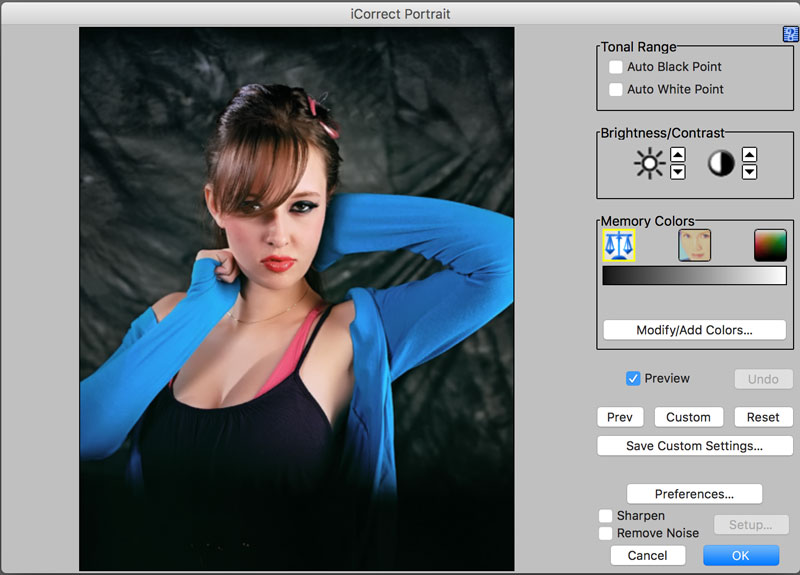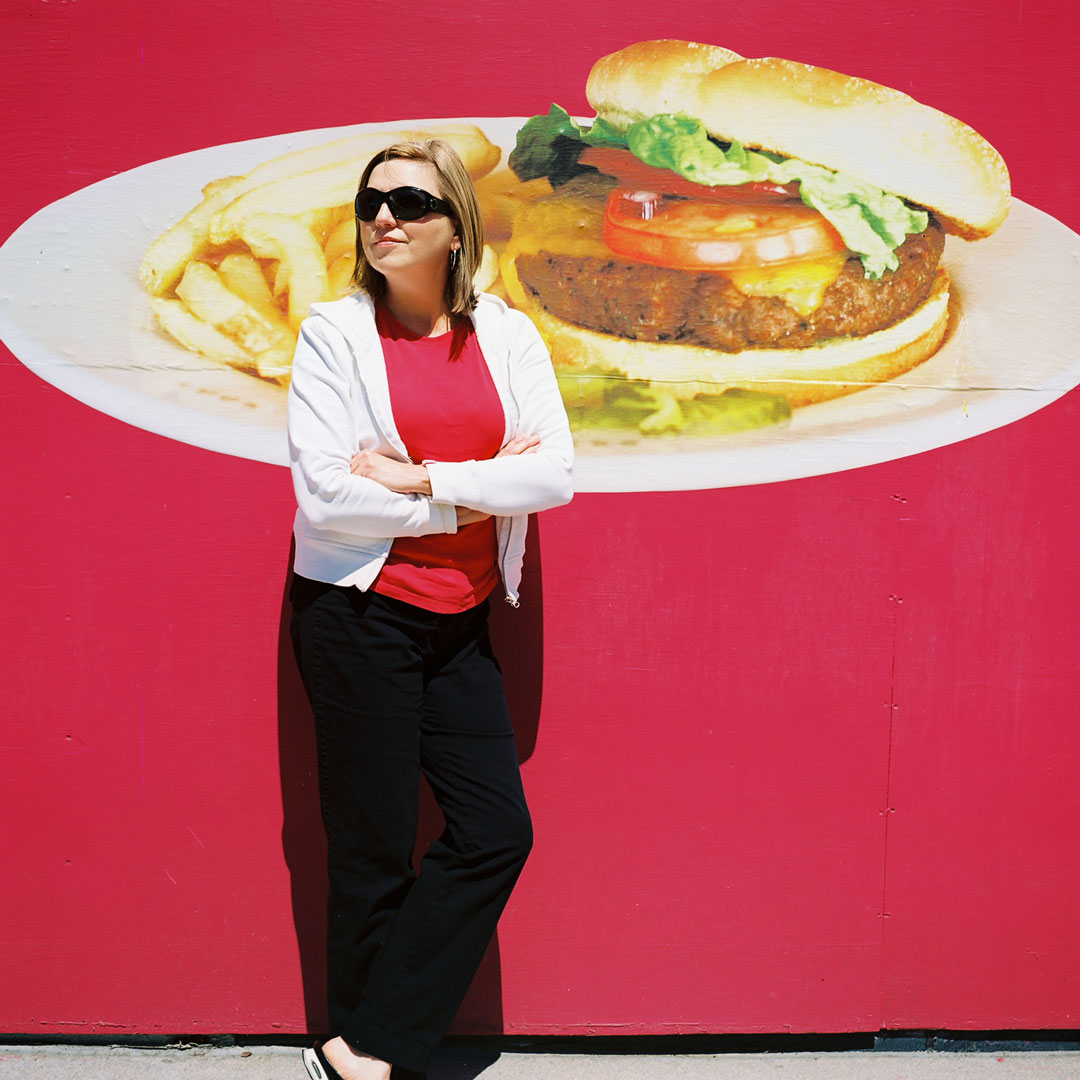Today’s Post by Joe Farace
 Kodak’s Ektar 100 film is ideal film for nature, travel, fashion and architectural photography where the emphasis is on detail and color. Kodak suggests professional photographers will “prefer Kodak Professional Portra films for their natural reproduction of the full range of skin tones” but I found skin tones captured in studio while a bit too vivid were but easily corrected into something more natural and neutral using PictoColor’s iCorrect Portrait. (at right) On the other hand all of the portraits that I made outdoors using only natural light exhibited natural looking skin tones.
Kodak’s Ektar 100 film is ideal film for nature, travel, fashion and architectural photography where the emphasis is on detail and color. Kodak suggests professional photographers will “prefer Kodak Professional Portra films for their natural reproduction of the full range of skin tones” but I found skin tones captured in studio while a bit too vivid were but easily corrected into something more natural and neutral using PictoColor’s iCorrect Portrait. (at right) On the other hand all of the portraits that I made outdoors using only natural light exhibited natural looking skin tones.
I scanned the 120 format Ektar 100 film using my old Canon flatbed scanner but the film retained a slight curl produced during processing, probably during the drying cycle and Canon’s film holder refused to hold the film strip when it was inserted in the proper direction. Even though this is an inexpensive scanner, it produced acceptable results partially because of large size of the medium format negative and would have produced even better results if I used specialized scanner software or maybe a better scanner (which is on my 2022 wish list.).
 Reciprocity may be unknown in the digital world but it’s a fact of life for film shooters, yet Kodak recommends no adjustments for long and short exposures or even any filter correction or exposure compensation for exposures from 1⁄10,000 sec to one second.
Reciprocity may be unknown in the digital world but it’s a fact of life for film shooters, yet Kodak recommends no adjustments for long and short exposures or even any filter correction or exposure compensation for exposures from 1⁄10,000 sec to one second.
How I Made this Photo: How I made this shot: I photographed Mary on a bright sunny Colorado day, next to this big hamburger photo using the gold-trimmed Seagull 4A-107 TLR she gave me for my birthday. Film used was Kodak Ektar 100 in 120 format, exposure was unrecorded.
For critical applications with longer exposure times, Kodak hedges their bets and suggests you “make tests under your conditions.” I made my own tests under low light conditions and found that with exposures up to five seconds I didn’t experience problems with color shifts or exposure variance and even then over or underexposed grain structure remained fine, tight and controlled.
There’s no doubt that Kodak Ektar 100 in 120 will be the top choice for fine art photographers that are shooting film. Its super color saturation and microscopic grain make for a formidable combination.
If you enjoyed today’s post and would like to support this blog so I can to increase the coverage of film photography, please consider making a monthly contribution via Patreon. Memberships start at just $1.25 a month, with other levels support of $2.50 and $5 that include special benefits. If subscriptions are not for you, that same linked page lets you to make a one-time contribution. I also recognize that the pandemic has had an adverse effect on many people’s incomes, so if you would prefer to just send some good thoughts my way, that’s appreciated too.